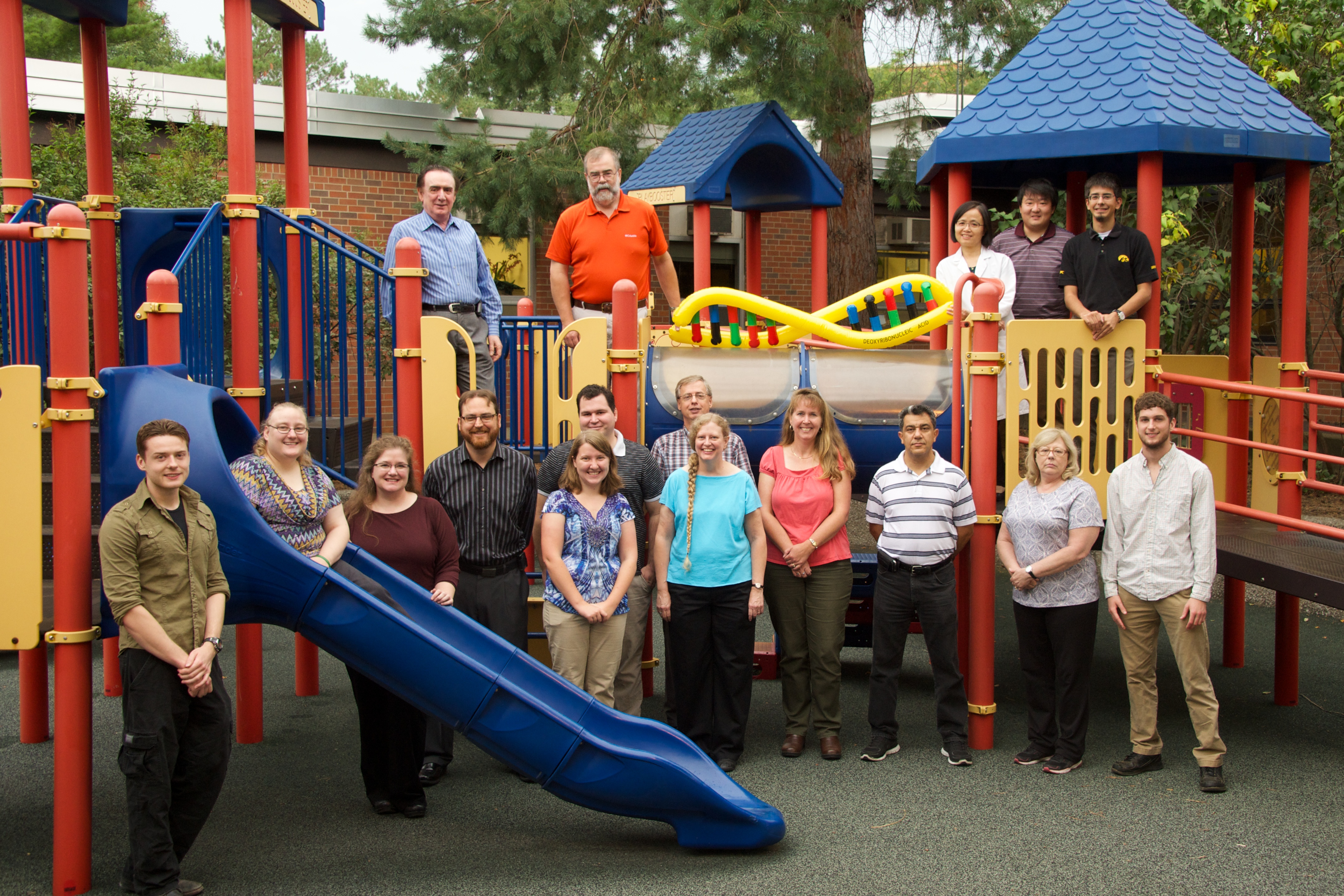Benjamin Darbro, MD, PhD at the University of Iowa, uses VarSeq® software for Clinical Testing
Founded by Hans Zellweger in the 1960’s, The Shivanand R. Patil Cytogenetics and Molecular Lab at the University of Iowa has a long history of clinical testing, seeing 45 years of advancements. Today, the lab is mainly focused on oncology, pre and post-natal genetics testing and serves the University of Iowa Hospitals and Clinics as well as the University of Iowa Stead Family Children’s Hospital. In last year alone they have performed over 5,500 clinical tests.
When the lab’s director, Dr. Benjamin Darbro purchased Illumina’s NextSeq 500, he did so with the vision of being able to offer phenotype-focused gene sequencing panels. Darbro knew this goal would require an informatics pipeline with the same level of sophistication the lab developed for their research side, but one that would fit within the framework required of clinical testing. The decision then was between developing their own testing pipeline or to choose a vendor solution. “In order to develop and handle our own pipeline, it required somebody like me with a bioinformatics background,” commented Darbro. “Command-line interface isn’t very user-friendly or approachable for most of the people in the lab. We needed something that kept a lot of the really hardcore bioinformatics components under the hood, but still had the power and sophistication that we had grown accustomed to on the research side.” Darbro also considered the effort in maintaining the system they chose. “By paying for software, we’re really partnering with an organization in such a way that a lot of the burden is now off of us, as far as maintaining and updating the tools, databases and sources of information.”
Ultimately, Darbro decided that a commercial software package would best meet the lab’s needs and created a list of criteria in which to evaluate their options. “When it came to the tertiary analysis portion, we looked at Tute Genomics, Cartagenia, CLC Genomics Workbench and VarSeq,” Ben explained. In the end, it was a simple quantitative decision for Darbro. Darbro states, “VarSeq had everything we were looking for with regards to annotation, filtering sources and an actual visual browser within the software itself. VSReports allows us to take it all the way to the report generation. But what really set it apart in retrospect is, how intuitive it is.” Darbro explained that of the 17 lab techs, 2 clinical cytogeneticist fellows and numerous residents and students, it has been rare for anyone to contact support for training. “It’s the kind of phenomenon that you see when people are using an iPhone,” Ben commented. “They just kind of understand how it works naturally, because the design is so good.” In an environment where the level of testing complexity is so high, anything that lowers that bar of accessibility is a remarkable acquisition in Dr. Darbro’s opinion.
VarSeq has also brought benefit to the research operations of Shivanand R. Patil Lab. In the past, when working with collaborators, data would be run through the lab’s custom pipeline and then sent back to their clients, providing the best answers for the questions asked of them. From there, and typically in most research collaboration, begins the iterative process of reanalyzing the data and asking different questions. This process can end up taking a significant amount of time. However, the lab can now simply provide the collaborator with the initial findings as well as a quality controlled VCF file that the collaborator themselves can use with VarSeq to quickly navigate their data and ask additional questions.
An unexpected benefit Darbro has realized is the responsiveness of the Golden Helix team to the lab’s suggestions and input in regards VarSeq’s development aspects. “I am impressed with the quick and continuous product updates,” mentioned Darbro. “There is an aspect of seeing the tools and databases added that illustrates the level of thinking and priorities Golden Helix has established regarding development of VarSeq and that gives me an added level of comfort and confidence.”
Such is Dr. Darbro’s confidence in VarSeq as a product, he has joined the early adopter program for VSWarehouse. Planned for release to the public in mid-March, VSWarehouse is a scalable, multi-project warehouse for NGS variant call sets, clinical reports and catalogs of variant assessments. Before committing to the program Darbro states, “Gabe showed me a little bit of this and a little bit of that, and I’m like, ‘Yes. I know I can’t use it right now, but we’ll get it.’” Now, as an official early adopter of VSWarehouse, Darbro has been able to interact with head product engineer Gabe Rudy to discuss the essential functionalities of VSWarehouse.
It was fate that as Dr. Benjamin Darbro was finishing up his residency and fellowship training in molecular genetic pathology at the University of Iowa, that Dr. Shiva Patil was getting ready to retire after 33 years as the laboratory director. Darbro’s love for genetics was ignited after picking up a library book on biotechnology in his early school years and today he is leading the Shivanand R. Patil Cytogenetics and Molecular Lab. Over the last few months, VarSeq has become an integral part of the lab, aiding the team daily with their clinical testing and research. Darbro says of his position at the lab, “I couldn’t have asked for a better way to end up. I get to work with fantastic individuals, in a great division of medical genetics at one of the best academic healthcare centers in the country. I just wish that there was a way to include more hours in the day!”
To read more Golden Helix case studies, visit our website here.
